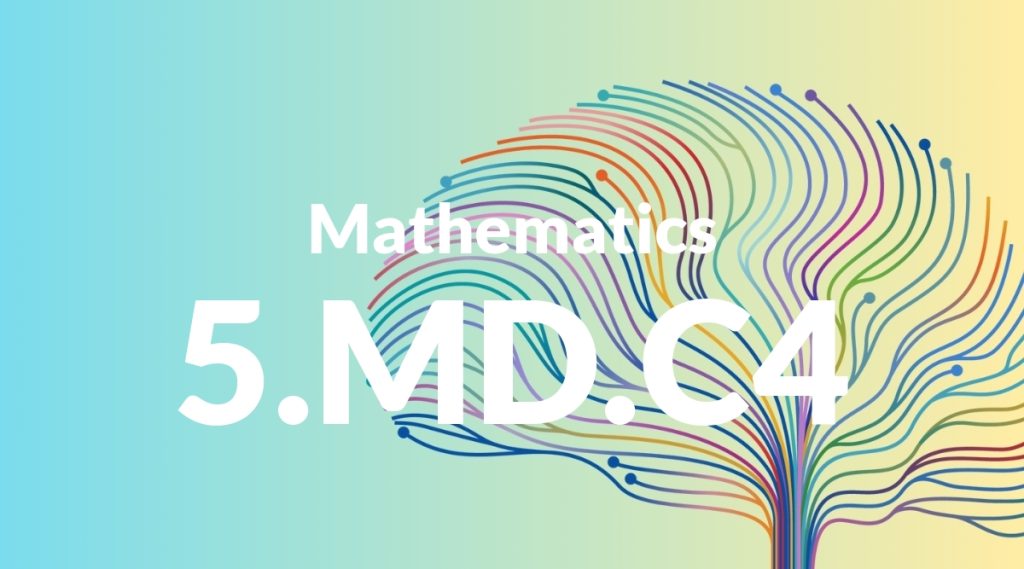Standard: 5.MD.C4 – Measure volumes by counting unit cubes, using cubic cm, cubic in, cubic ft, and improvised units.
Grade level: Grade 5
Subject: Mathematics
Domain: Measurement & Data
Teacher Overview
This standard focuses on teaching students to measure volumes by counting unit cubes, using various units such as cubic centimeters, inches, and feet. Understanding volume measurement is crucial as it lays the foundation for more complex mathematical concepts in geometry and real-world applications. Mastering this standard will help students visualize and quantify three-dimensional spaces. Ensure students have a solid grasp of multiplication and can identify and measure the length, width, and height of objects. They should also be familiar with basic three-dimensional shapes.
After mastering this standard, students will be ready to tackle more complex volume calculations and understand the concept of capacity in various contexts, such as in science and everyday life.
Common Misconception 1
Some students may believe that volume can only be measured by filling a container with liquid. This misconception arises because liquid measurement is a common real-world application. However, volume can also be measured using unit cubes, which is essential for understanding the concept in a broader sense.
Intervention 1
Incorporate activities that involve filling containers with unit cubes and comparing the results with liquid measurements. This hands-on approach helps students see that volume can be measured in multiple ways.
Common Misconception 2
Another common misconception is confusing the units of volume with those of area or length. Students might mistakenly use square units or linear units when calculating volume, leading to incorrect results.
Intervention 2
Provide clear examples and practice problems that differentiate between measuring area (square units) and volume (cubic units). Use visual aids and manipulatives to reinforce the concept.
Prerequisite Knowledge
Students should understand basic multiplication and have familiarity with three-dimensional shapes. They should also know how to measure length, width, and height using standard units.
Subsequent Knowledge
After mastering this standard, students will develop skills in calculating the volume of more complex three-dimensional shapes and understanding the concept of capacity in real-world contexts.
Instructional Activities
- Use unit cubes to fill different containers and measure their volumes.
- Create a chart comparing volumes of various objects using different units (cubic cm, cubic in, cubic ft).
- Design a project where students estimate and then measure the volume of classroom objects.
- Incorporate digital tools or apps that simulate volume measurement with unit cubes.




